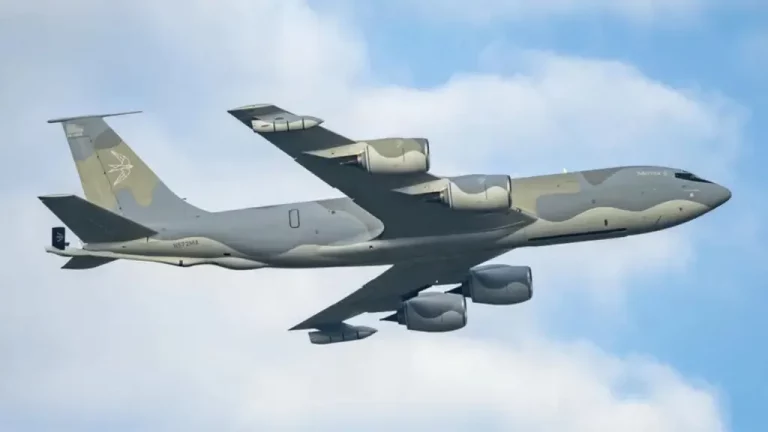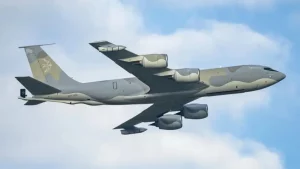In a major advancement for India’s maritime security capabilities, the Defence Research and Development Organisation (DRDO) has successfully completed the system integration and testing of its advanced Surface Wave Over-The-Horizon Radar (SWOTH-Radar). This achievement is being hailed as a significant breakthrough in long-range coastal monitoring and the development of strategic early-warning technologies.
The innovative design of the SWOTH-Radar sets it apart from conventional radar systems, which are often constrained by the Earth’s curvature. Utilizing high-frequency surface wave propagation, this radar enables electromagnetic waves to travel along the conductive sea surface, allowing for detection and tracking of targets up to 500 kilometers away. This range vastly exceeds typical visual and radar line-of-sight limits, thus enhancing maritime surveillance.
Operating in a bi-static configuration, the SWOTH-Radar comprises distinct transmitter and receiver stations strategically positioned along the coastline. This configuration not only boosts detection sensitivity but also minimizes background interference, making it particularly effective in complex maritime environments.
One of the standout features of the SWOTH-Radar is its ability to detect low-flying and stealth targets, which often evade traditional radar systems due to their reduced radar cross-section. Thanks to its long-wavelength high-frequency signals and sophisticated signal processing techniques, the radar can identify low-observable vessels and aircraft, including potential maritime threats flying at low altitudes.
The robustness of the SWOTH-Radar is evident in its performance across various weather conditions, demonstrating a strong resilience against electronic countermeasures. This reliability ensures continuous maritime domain awareness, even in contested environments.
With this persistent surveillance capability, the SWOTH-Radar offers a critical solution that bridges the operational gap between short-range coastal radars and expensive airborne early-warning aircraft. It presents a low-vulnerability and low-operational-cost approach for ongoing monitoring of sea traffic, maritime incursions, and potential threats.
The successful testing of the SWOTH-Radar represents a crucial milestone toward its operational deployment. It enhances India’s preparedness to protect vital sea lanes, monitor ambiguous grey-zone activities, and improve naval situational awareness throughout the Indian Ocean Region.
As an indigenous development, the radar signifies a landmark progression tailored to meet India’s strategic requirements. This advancement positions the nation at the leading edge of maritime surveillance technologies, equipping it to effectively counter evolving threats, including stealth and emerging hypersonic platforms.

















